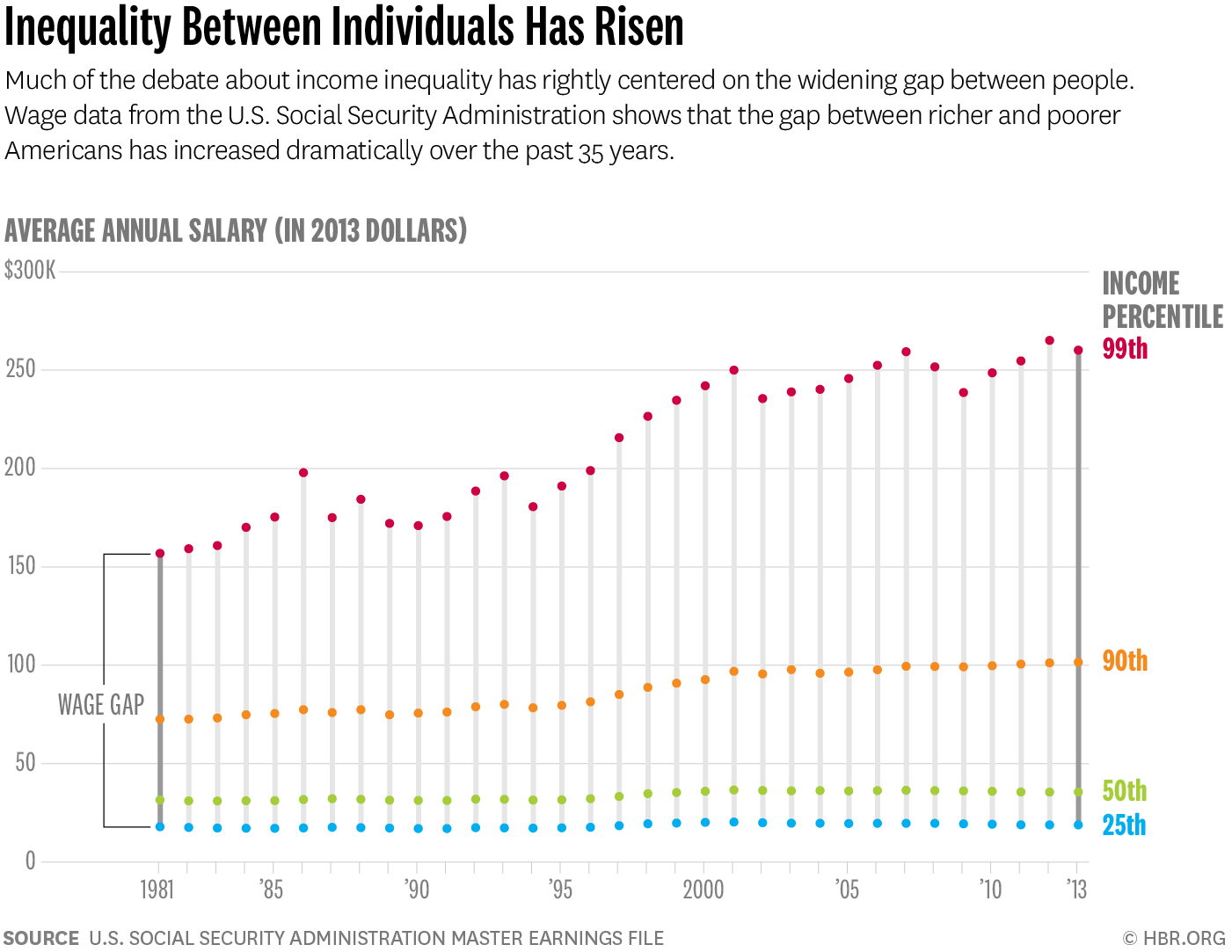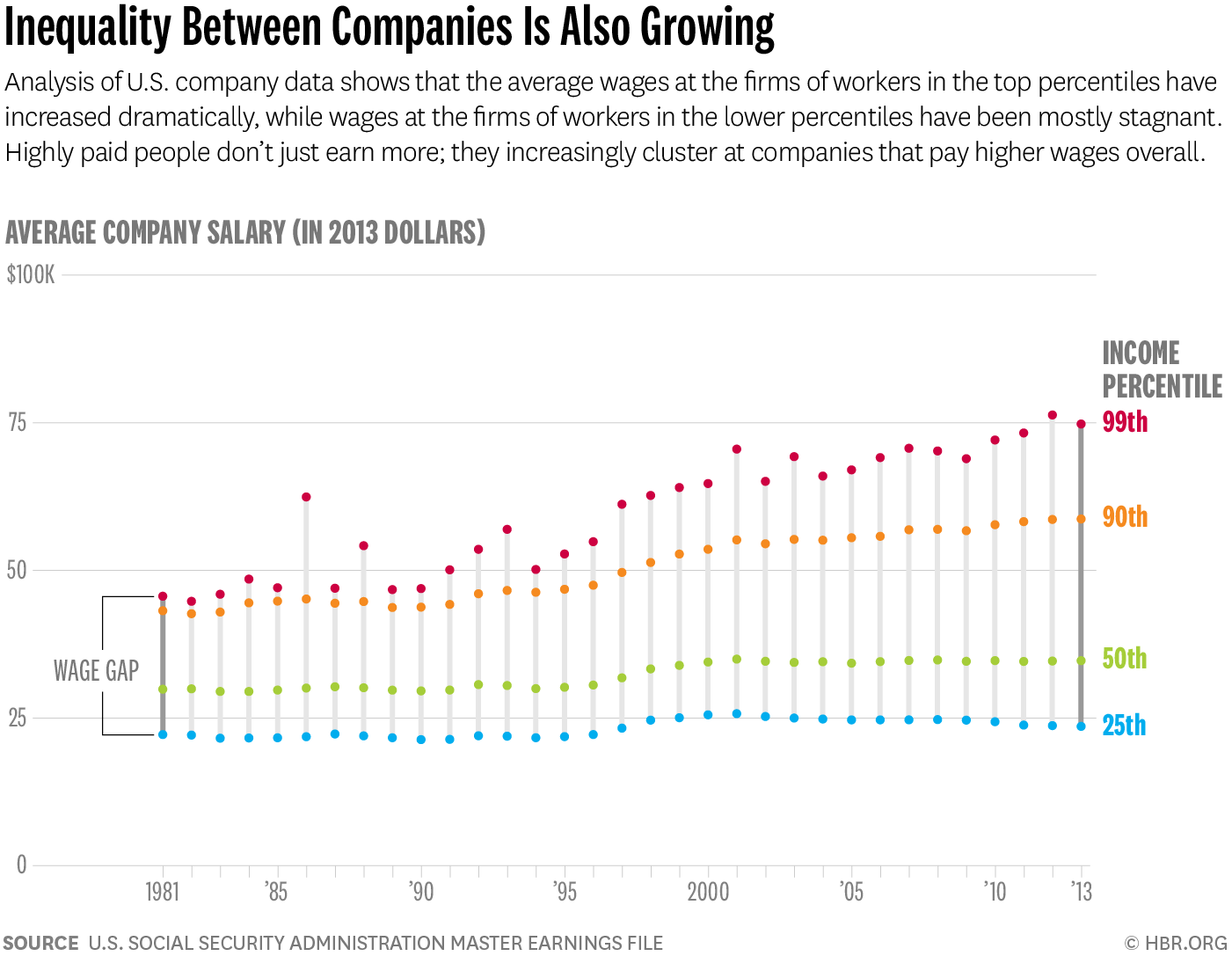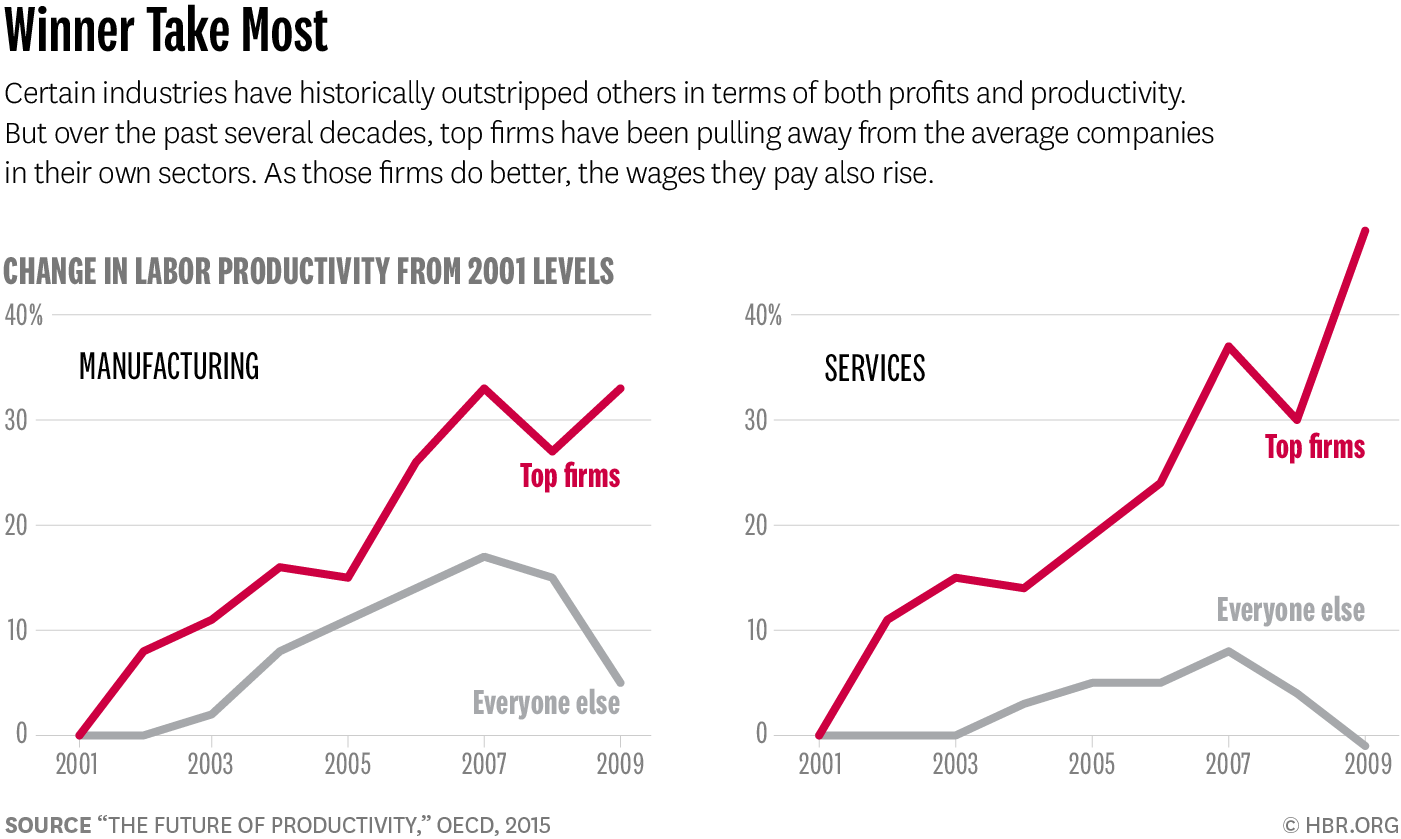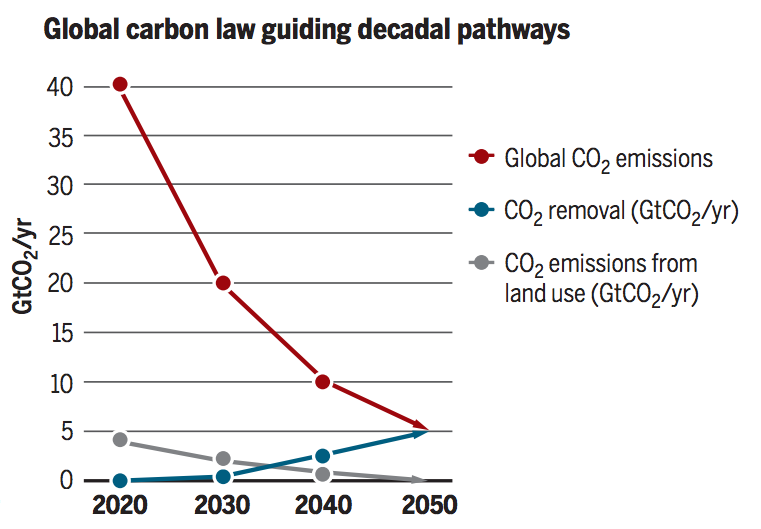Exchanging cheap U.S. crops for expensive foreign cars and computers doesn’t look like a winning trade.
In the 1990s, it really was true that manufacturing production was booming even though employment in the sector was falling.
But this piece of conventional wisdom is now outdated.

What’s more, the overall numbers hide serious declines in most areas of manufacturing. A 2013 paper by Susan Houseman, Timothy Bartik and Timothy Sturgeon found that strong growth in computer-related manufacturing obscured a decline in almost all other areas.
the U.S. to this day runs a trade surplus in agriculture even as it runs a huge deficit in manufactured products. … U.S. manufacturing is hurting in ways that U.S. agriculture never did.
If a country makes complex products that are linked to many other industries — such as computers, cars and chemicals — it will be rich. But if it makes simple products that don’t have much of a supply chain — soybeans or oil — it will stay poor.
Source: Staying Rich Without Manufacturing Will Be Hard – Bloomberg View



